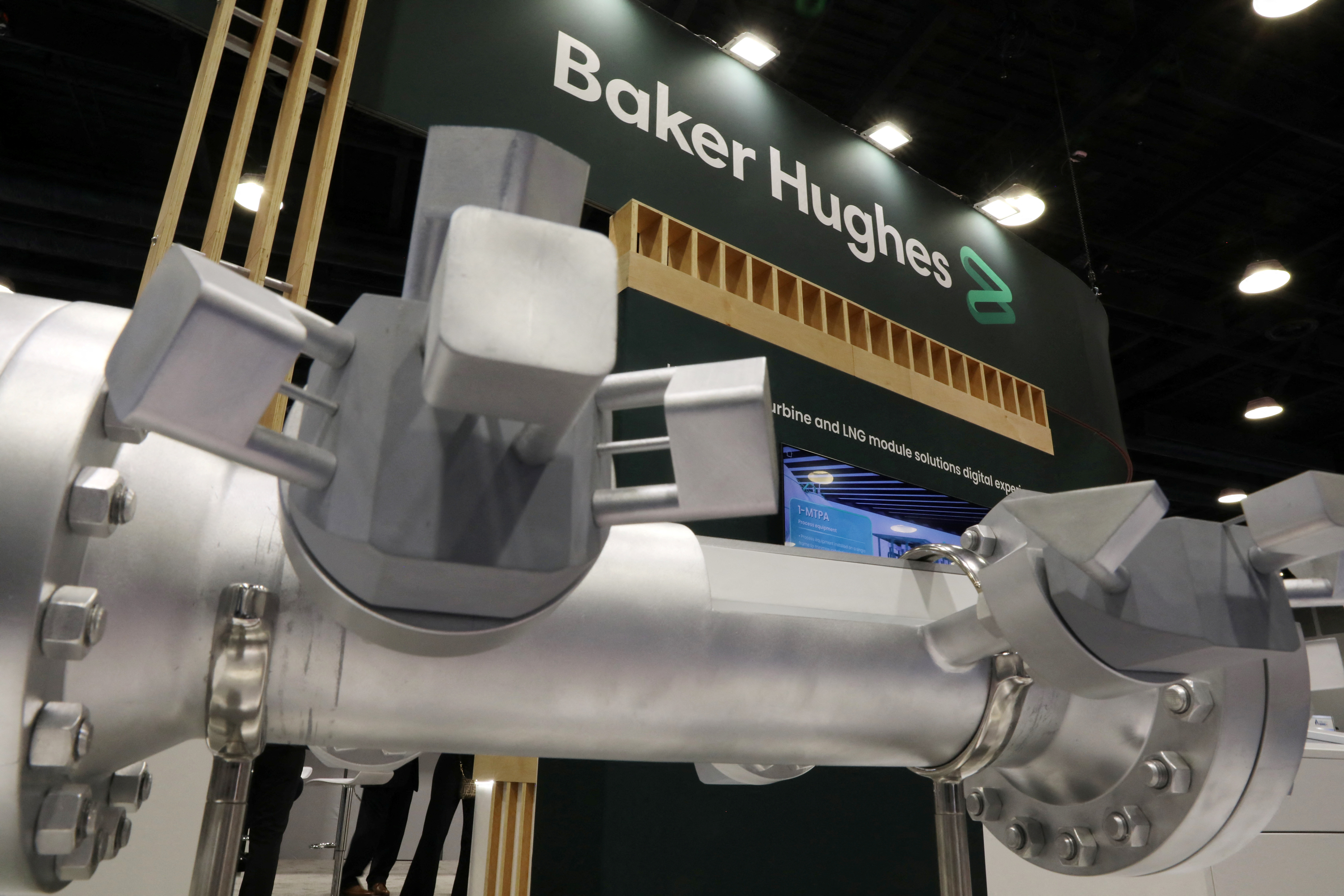Sign up for daily news updates from CleanTechnica on email. Or follow us on Google News!
The US Department of Labor has released a proposed rule with the goal of protecting millions of workers from the significant health risks of extreme heat. If finalized, the rule would help protect approximately 36 million workers in indoor and outdoor work settings and substantially reduce heat injuries, illnesses, and deaths in the workplace.
Barriers to enacting this and other federal rules, however, have emerged with a recent US Supreme Court decision. In a 6-3 vote divided along ideological lines, the justices significantly expanded plaintiffs’ ability to sue federal regulators. Justice Ketanji Brown Jackson, writing for the dissenting liberal bloc, warned that the decision could have “staggering” implications, particularly in light of the court’s previous decision on June 28 eliminating the doctrine of deference to an agency’s reasonable interpretation of the laws that it administers.
In that case, the Supreme Court withdrew a 40-year-old standard for decision making that required federal courts to defer to reasonable agency decisions where federal law is silent or unclear.
“A government agency must conform to any clear legislative statements when interpreting and applying a law, but courts will give the agency deference in ambiguous situations as long as its interpretation is reasonable.”
This “Chevron deference” standard is now gone, ushering in a new era where courts will not have to accept agency expertise in their review of challenged regulations. Where does that leave the proposed Biden-Harris administration rule that would protect workers both indoors and outdoors from heat injuries, illnesses, and deaths in the workplace?
For restaurant workers in the US, the proposed rule is seen as an important opportunity to provide urgent relief to kitchen workers, emphasizing the need to protect against the extreme temperatures workers face every day indoors.
 Chip in a few dollars a month to help support independent cleantech coverage that helps to accelerate the cleantech revolution!
Chip in a few dollars a month to help support independent cleantech coverage that helps to accelerate the cleantech revolution!
The extreme heat rule: The Biden-Harris administration has announced a groundbreaking new rule that would protect workers from the dangerous effects of extreme heat, saying that excessive workplace heat can lead to heat stroke and even death. The proposed rule would require employers to develop an injury and illness prevention plan to control heat hazards in workplaces affected by excessive heat. Employers would also be required to provide training, have procedures to respond if a worker is experiencing signs and symptoms of a heat-related illness, and take immediate action to help a worker experiencing signs and symptoms of a heat emergency.
Additionally, the plan would require employers to evaluate heat risks and — when heat increases risks to workers — implement requirements for drinking water, rest breaks, and control of indoor heat. It would also require a plan to protect new or returning workers unaccustomed to working in high heat conditions.
The agency is also prioritizing programmed inspections in agricultural industries that employ temporary, nonimmigrant H-2A workers for seasonal labor. These workers face unique vulnerabilities, including potential language barriers, less control over their living and working conditions, and possible lack of acclimatization, and are at high risk of hazardous heat exposure.
Commercial kitchens and extreme heat: The proposed rule highlights the growing concern to protect workers from heat-related illnesses, especially in settings such as commercial kitchens where temperatures can reach a scorching 130°F. Already, restaurants are transitioning away from gas-powered appliances, which raise temperatures in the kitchen, to electric equipment like induction cooktops that more efficiently cook food and do not emit excess heat into the surrounding environment.
“The heat is uncomfortable. It’s almost like disregard for the comfort of workers the way that kitchen life here is just accepted. … We’d go to the walk-in coolers and freezers and we’d be steaming off of our skin simply because we’re so hot.”
Those are the words of TikTok star chef Jon Kung, who describes the unbearable, sweltering conditions kitchen workers face as they struggle to make ends meet in temperatures that, at times, reach 130°F heat. To earn a paycheck, many are forced to endure the devastating effects of dehydration, heat exhaustion, and sleep interruptions.
What’s the answer to extreme heat in commercial kitchens? For restaurants in the US, the proposed rule is an opportunity to provide urgent relief to kitchen workers, emphasizing the need to protect against the extreme temperatures workers face every day indoors. Cooling solutions are available — many chefs already prefer cooking with electric induction ranges, and restaurants are increasingly opting to go all-electric with efficient induction cooking technology that can keep workers and patrons cooler while also saving on energy costs.
Why the induction ranges win: Consider this: 90% of the heat from induction cooking goes toward cooking food while 70% of the energy released by gas stoves is displaced into kitchens. 90% of the heat from induction cooking goes toward cooking food while 70% of the energy released by gas stoves is displaced into kitchens. The gas range’s “blue flame” licks the outside of the pan, releasing heat (and pollutants) into the kitchen. In contrast, induction cooking directly heats the pan and food, dramatically reducing heat loss.
Many chefs already prefer cooking with electric induction ranges, and restaurants are increasingly opting to go all-electric with efficient induction cooking technology that can keep workers and patrons cooler while also saving on energy costs. As a result, electric kitchens are cooler and less reliant on air conditioning—adding up to greater comfort and big savings on overall energy costs. As co-founder of EcoChef and Forward Dining Solution, chef Chris Galarza is part of the first and only firm in the US to focus exclusively on developing and implementing commercial electric kitchens. In fact, Galarza, who cooks in an electric kitchen, often wears a sweater to work.
Are cool commercial kitchens the only way forward? Not necessarily. A coalition of gas companies and their supporters have partnered with restaurant associations to ensure the right for chefs to cook with gas. The coalition has made headway in several prominent communities and is now planning to confront rules across the western US to limit the installation of gas stoves in new buildings. But the Physicians for Social Responsibility consortium counters:
“Gas stove pollution is like having a chain-smoking roommate in your kitchen. With each use, it releases harmful pollutants like nitrogen dioxide and formaldehyde, just like constant puffs of smoke filling the air. Just as you wouldn’t tolerate a chain-smoker indoors, it’s crucial to address gas stove emissions to maintain a healthy living environment.”
But who knows best? A coalition of physicians, or an ideologically-driven cohort of judges?
The Supremes want to be able to control rules like this. Even if courts were to draw upon independent judgment to determine the meaning of federal statutes, they still are not experts in specific fields and should not be relied upon to make such judgments.
Have a tip for CleanTechnica? Want to advertise? Want to suggest a guest for our CleanTech Talk podcast? Contact us here.
Latest CleanTechnica.TV Videos
CleanTechnica uses affiliate links. See our policy here.
CleanTechnica’s Comment Policy




